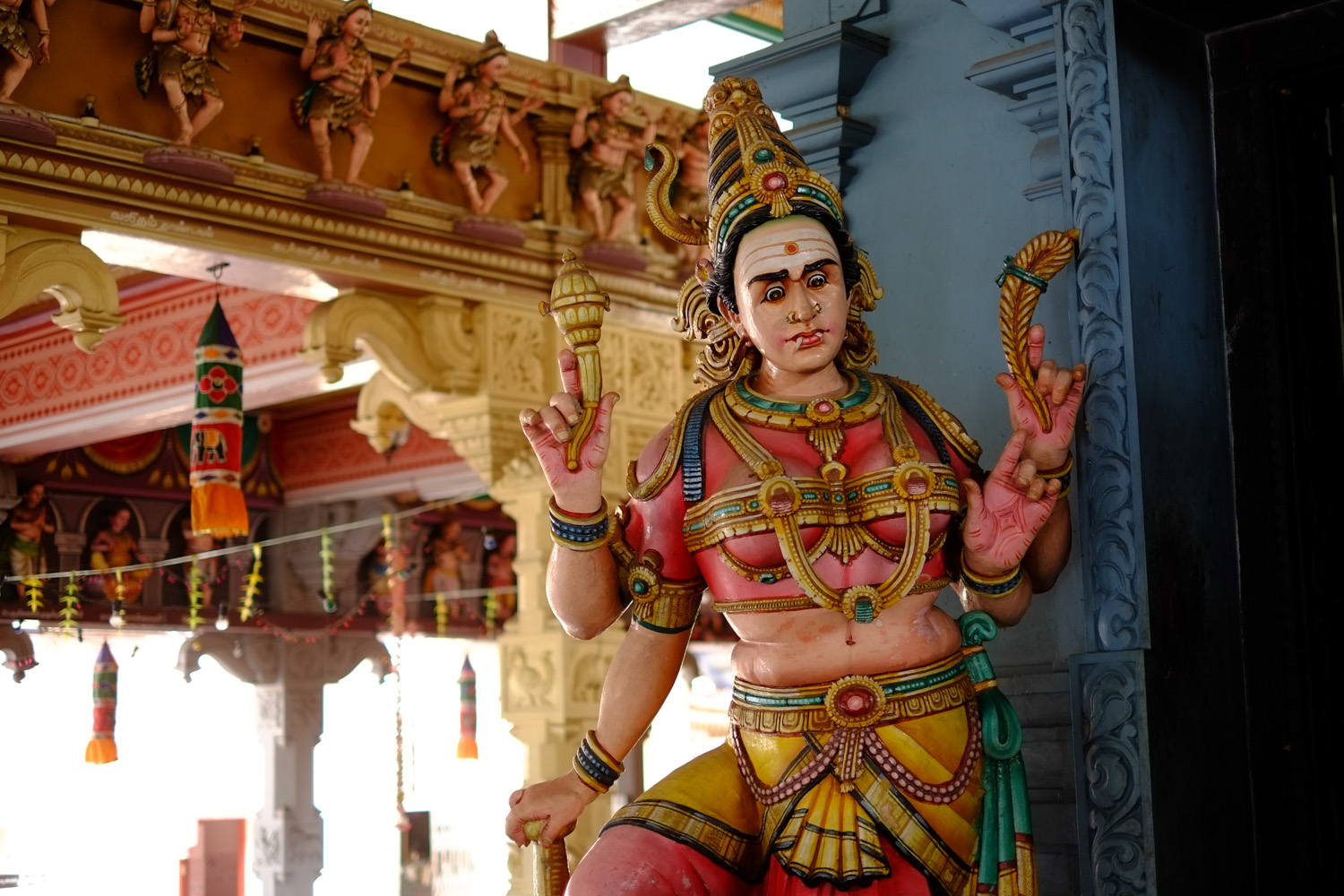 FUJIFILM X-Pro1 (35mm, f/1.4, 1/100 sec, ISO200)
FUJIFILM X-Pro1 (35mm, f/1.4, 1/100 sec, ISO200)
After I tested the Velvia setting of my Fuji X100 I changed to RAW + JPEG. With the Fuji X Pro-1 it was the same. I shot RAW plus JPEG fine and used the Velvia JPEGS most of the time. Still there were a couple of things I didn’t like. So the image above is most likely the last OOC JPEG I will ever post. Over saturated reds, limited dynamic range and most of all that the processed RAWs give me a punchier and crisper look than the OOC JPEGs. Last but not least greater flexibility of the RAW format.
I used the VSCO presets a lot but missed the slide films. Vola! Here they are: VSCO film 4.
Don’t get me wrong. The Fuji X are simply the best cameras when it comes to JPEG performance but RAW is RAW. I changed to RAW ( or NEF ) on my Nikon D1 in 2003 and never switched back. Back then shooting RAW was a slow and painful process. It was the time before Lightroom and it’s presets, the time of small capacity CF cards and hard disks. The time of slow computers and low capacity image tanks. My Firewire image tank had a 10GB hard disk inside!
Those days are long gone. Today I use a 32 GB SD card. Computers are fast and hard disks are measured in TB. Lightroom is a dream to use and there is no difference in between shooting RAW or JPEG beside the fact that RAW is simply better.
Enough talking. Here are the samples.
This is the RAW image from my Fuji X Pro-1 just downsized and converted to JPEG: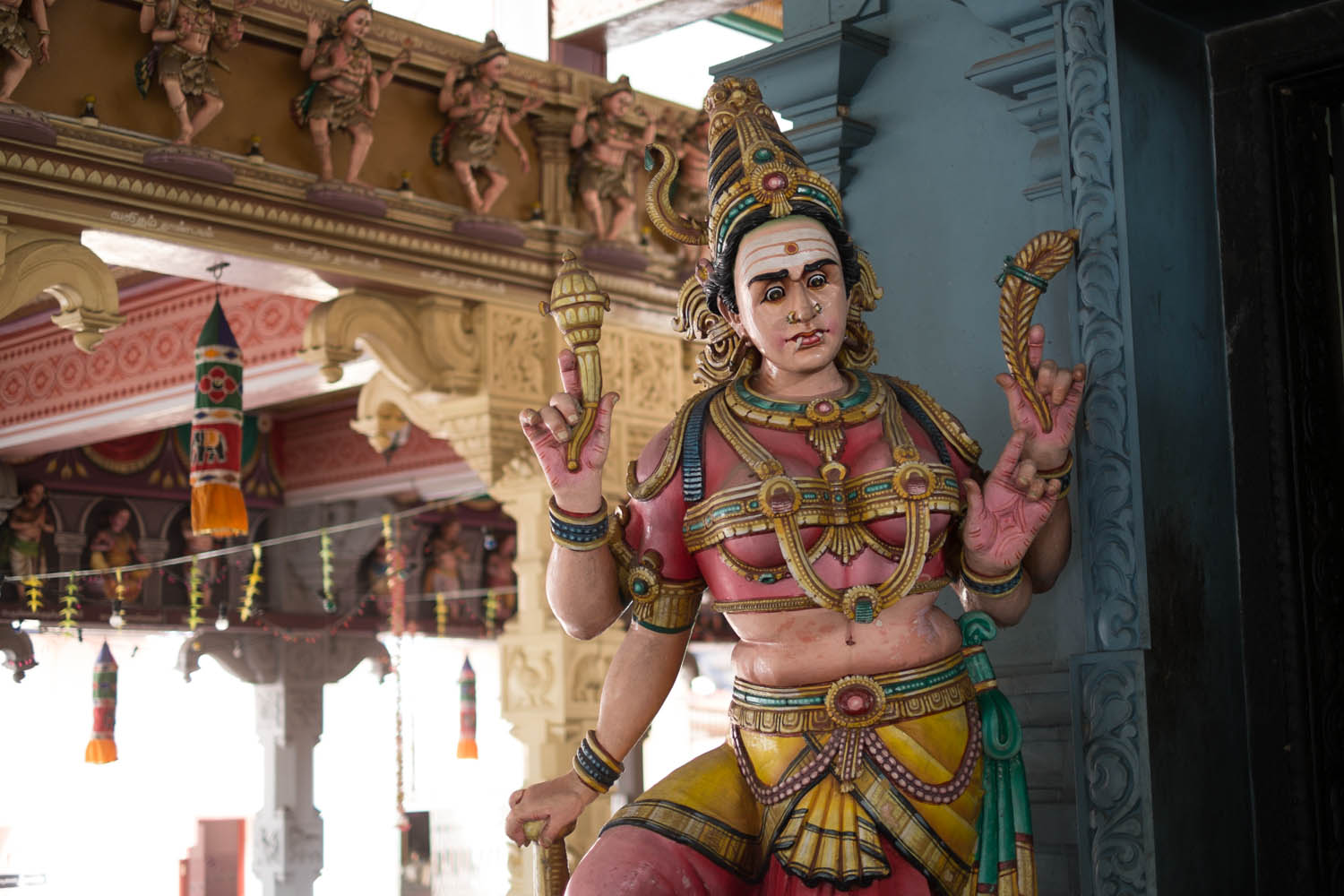 FUJIFILM X-Pro1 (35mm, f/1.4, 1/100 sec, ISO200)
FUJIFILM X-Pro1 (35mm, f/1.4, 1/100 sec, ISO200)
The colors are very muted and contrast is low. The picture lacks punch. It’s clear that the image needs to be processed before it can be used.
Here is the Fuji Astia 100F preset.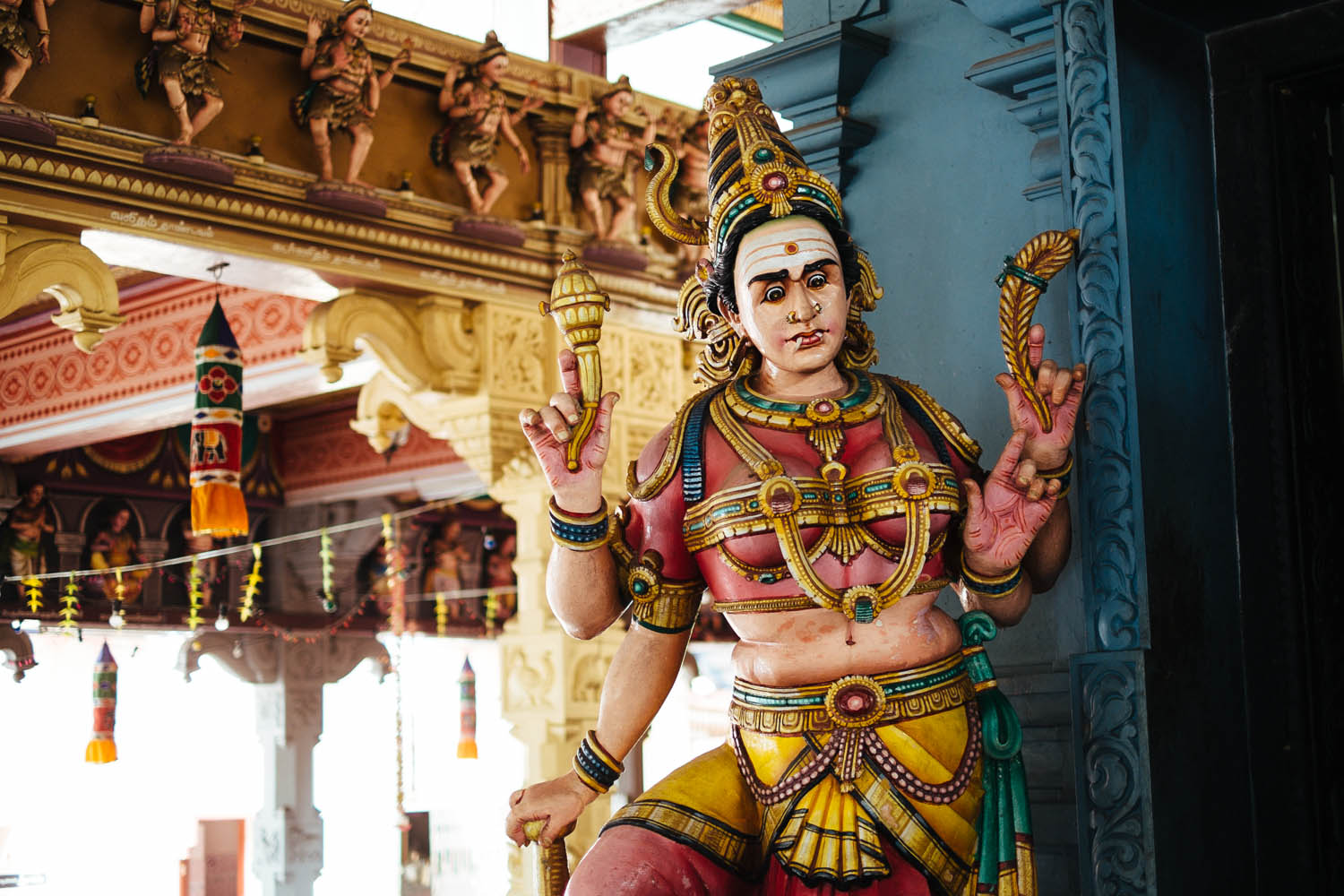 FUJIFILM X-Pro1 (35mm, f/1.4, 1/100 sec, ISO200)
FUJIFILM X-Pro1 (35mm, f/1.4, 1/100 sec, ISO200)
A huge improvement over the unprocessed file. Far more vibrant and punchy than the cameras Astia JPEG setting which looks like the unprocessed RAW.
Here is the Astia 100F balance warm.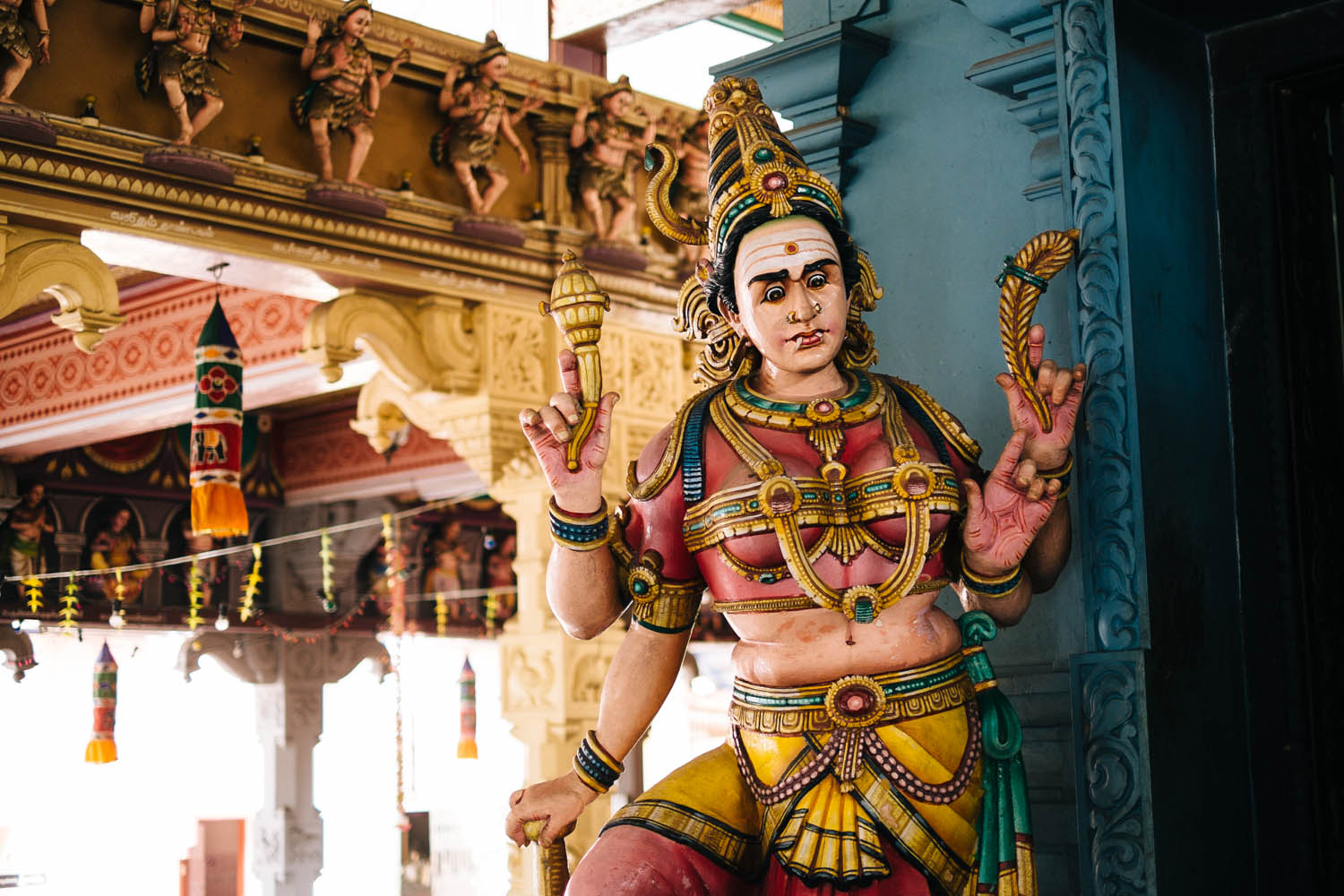 FUJIFILM X-Pro1 (35mm, f/1.4, 1/100 sec, ISO200)
FUJIFILM X-Pro1 (35mm, f/1.4, 1/100 sec, ISO200)
It brings the sun into the picture. In this example I prefer it over the original Astia. To reduce the number of images I will use the balance warm version of the presets.
Here is the Provia 100F balance warm followed by the Provia 400X vibrant: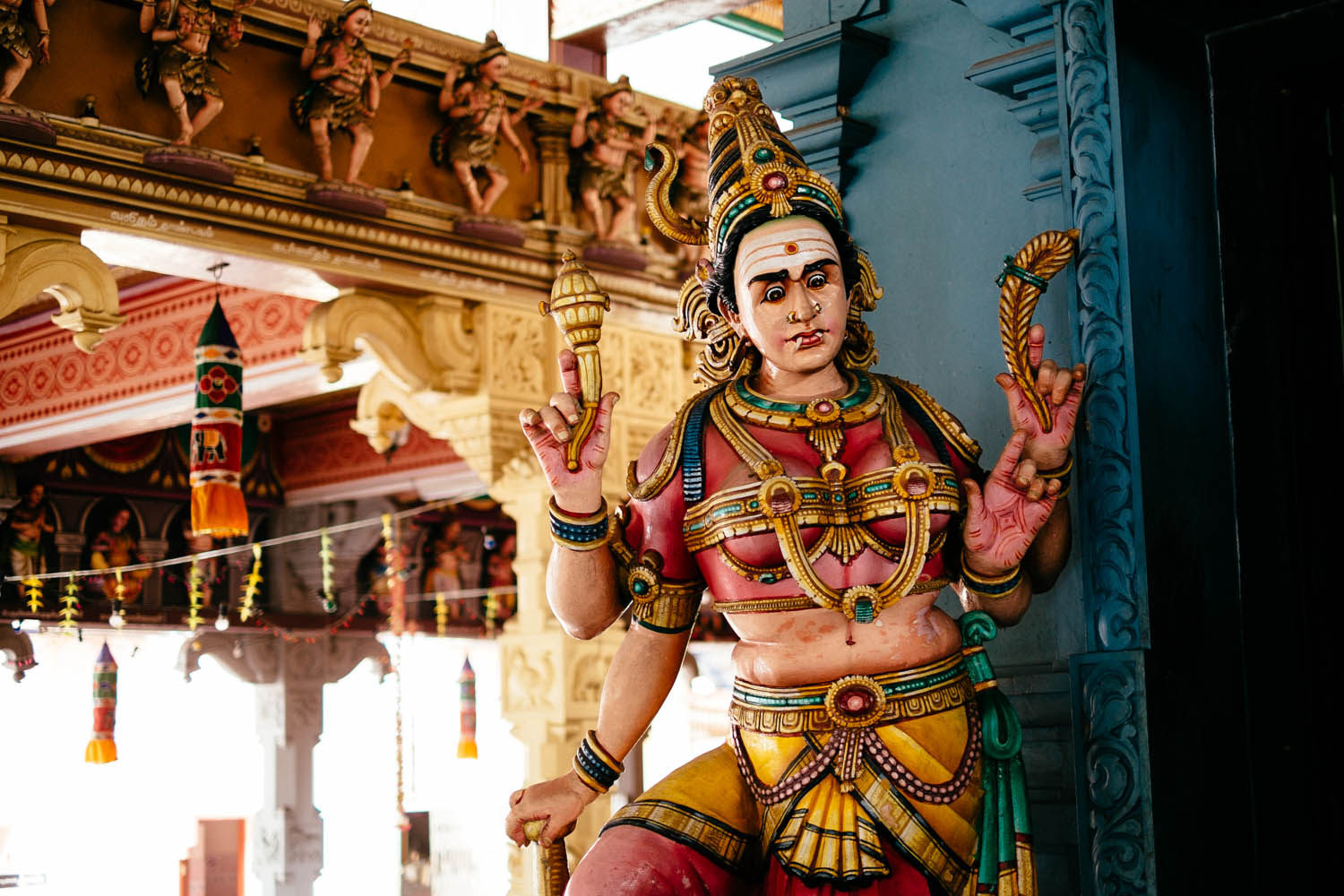 FUJIFILM X-Pro1 (35mm, f/1.4, 1/100 sec, ISO200)
FUJIFILM X-Pro1 (35mm, f/1.4, 1/100 sec, ISO200)
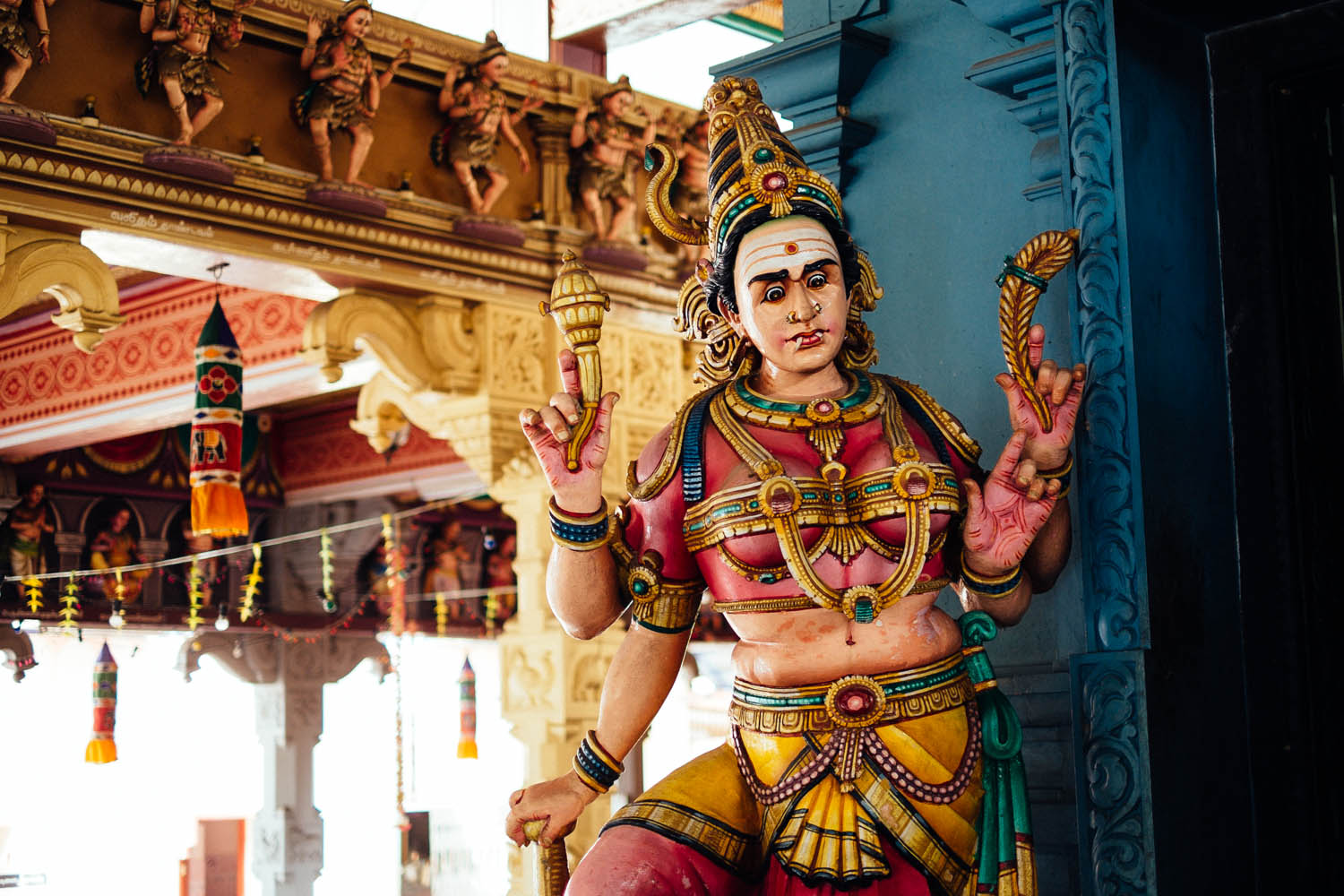 FUJIFILM X-Pro1 (35mm, f/1.4, 1/100 sec, ISO200)
FUJIFILM X-Pro1 (35mm, f/1.4, 1/100 sec, ISO200)
Wow! Both are very nice. The Provia preset is very good. Lot’s of punch but still very versatile. There is a portrait version that works really well for … well portraits.
Here is the Velvia 50 balance warm and the Velvia 50 landscape +: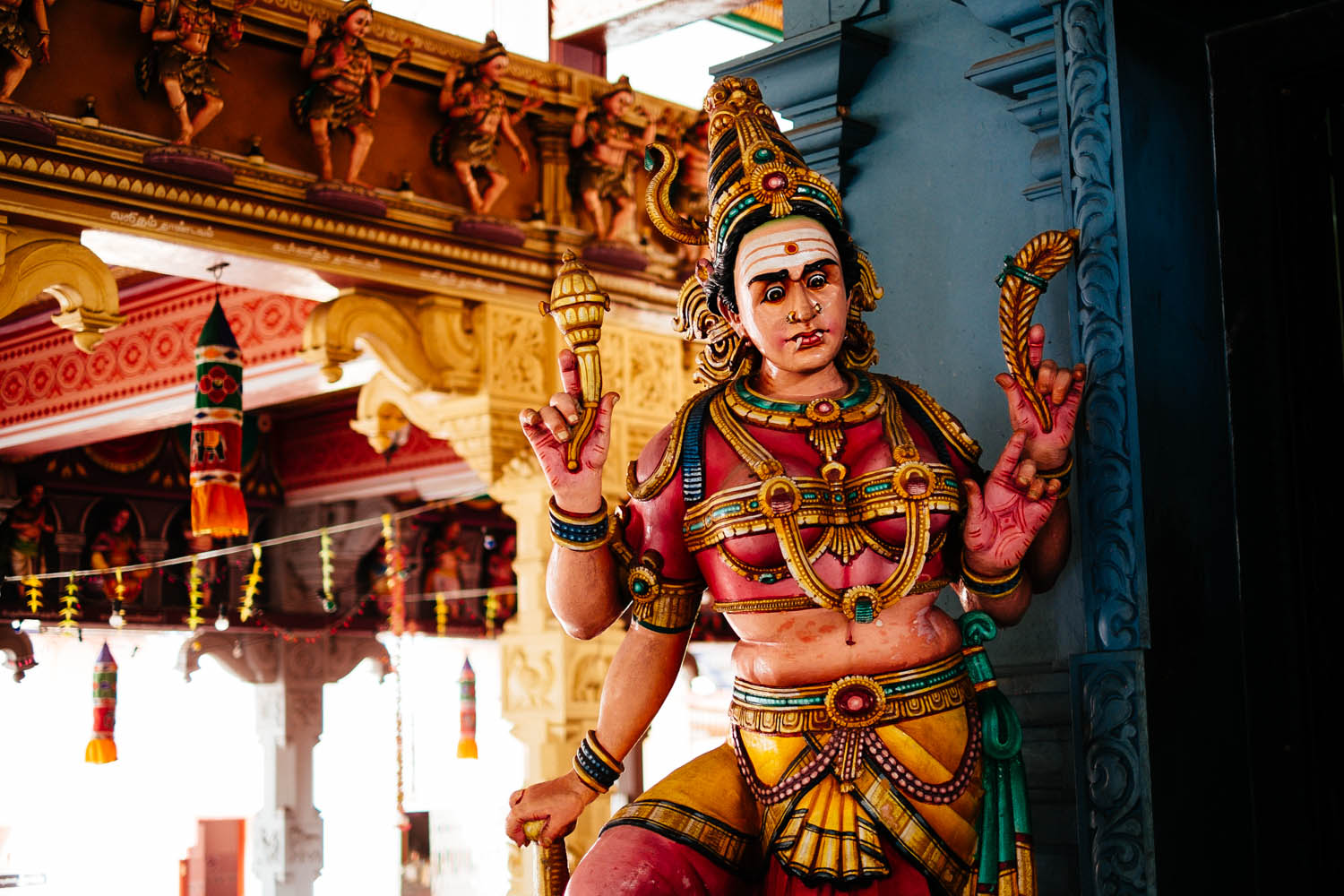 FUJIFILM X-Pro1 (35mm, f/1.4, 1/100 sec, ISO200)
FUJIFILM X-Pro1 (35mm, f/1.4, 1/100 sec, ISO200)
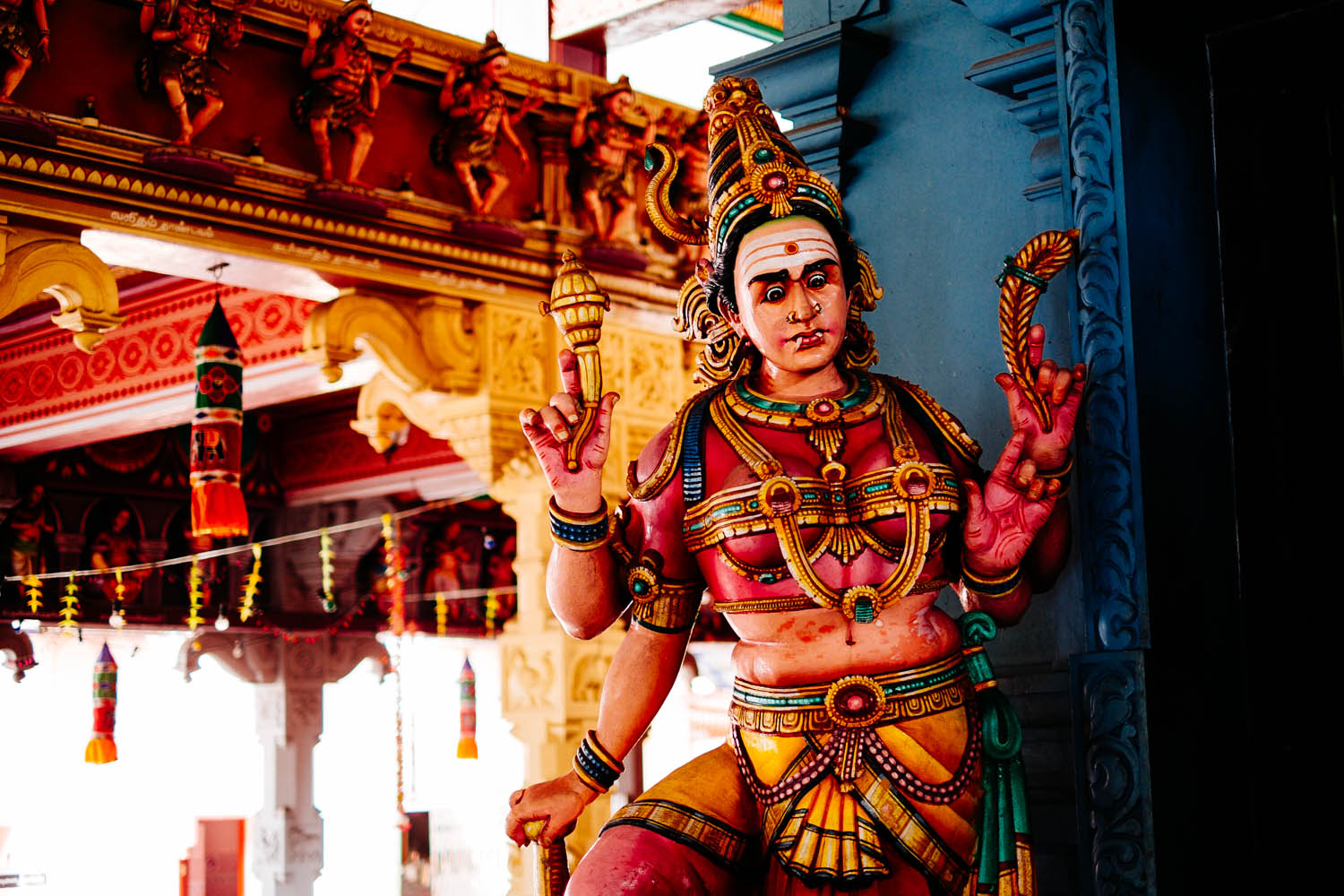 FUJIFILM X-Pro1 (35mm, f/1.4, 1/100 sec, ISO200)
FUJIFILM X-Pro1 (35mm, f/1.4, 1/100 sec, ISO200)
OK. That looks totally crazy. Like a completely unusable preset but trust me the landscape+ setting can work just wonderful for landscape shots. I will post some samples soon.
Velvia 100 warm balance and Velvia 100F warm balance: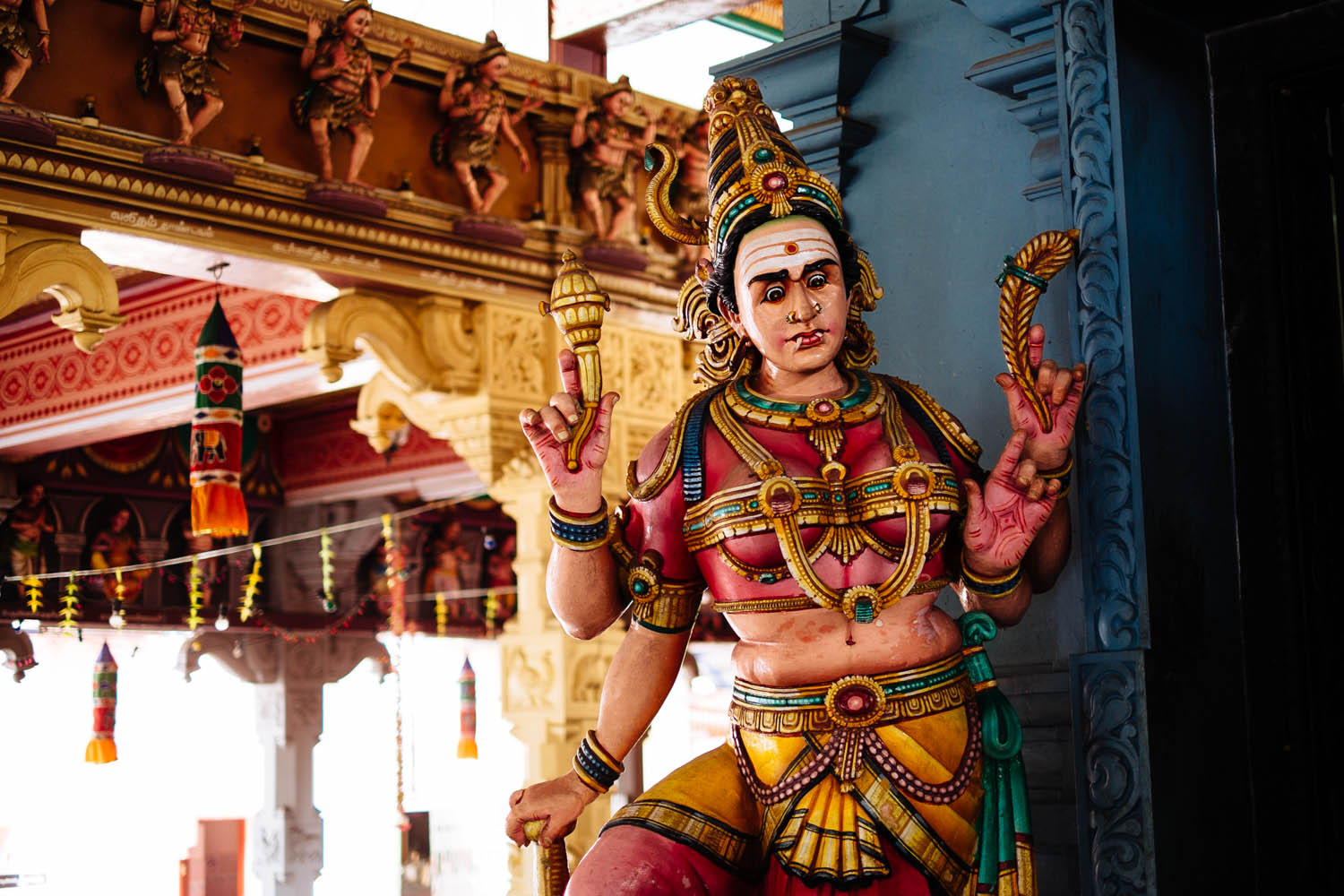 FUJIFILM X-Pro1 (35mm, f/1.4, 1/100 sec, ISO200)
FUJIFILM X-Pro1 (35mm, f/1.4, 1/100 sec, ISO200)
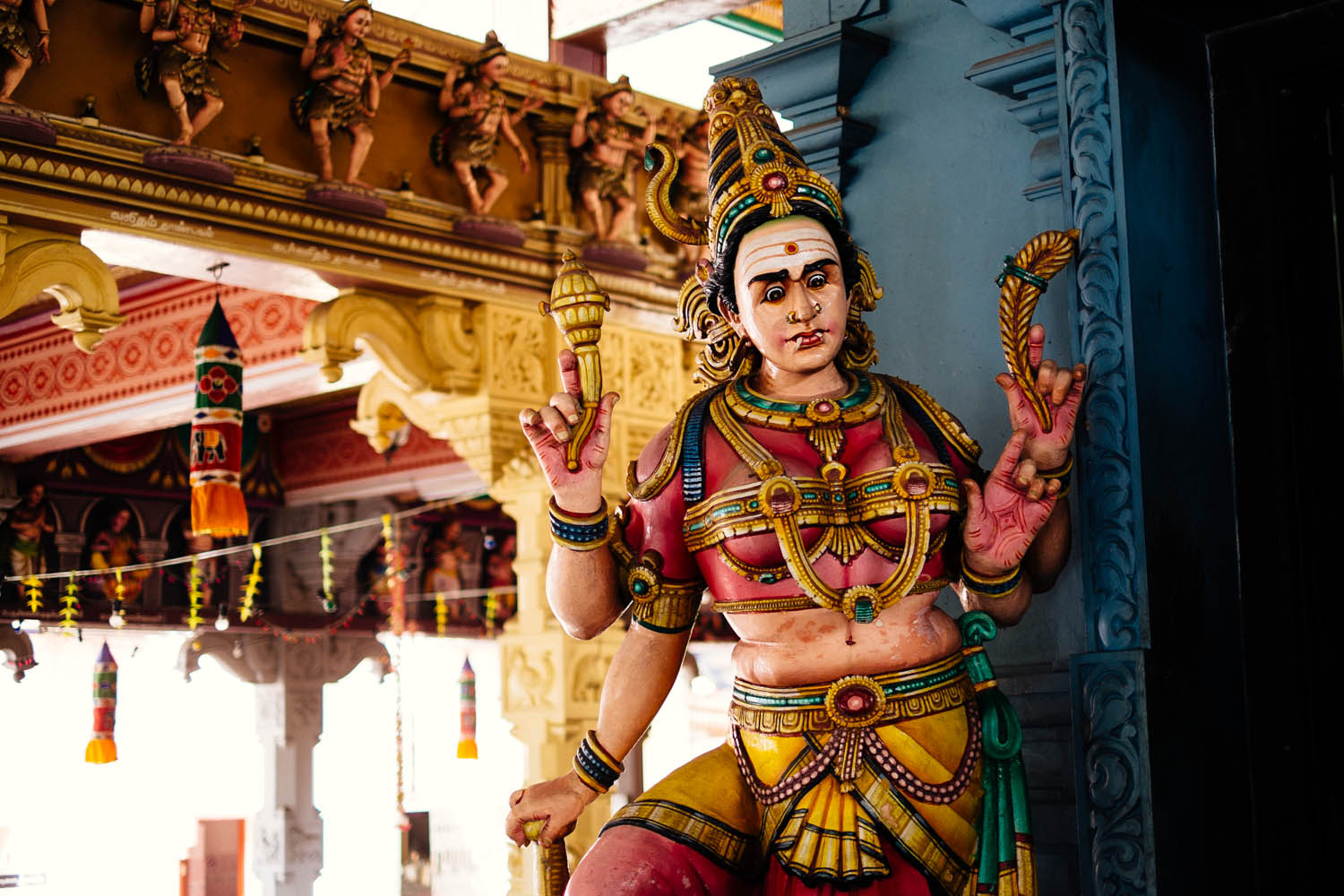 FUJIFILM X-Pro1 (35mm, f/1.4, 1/100 sec, ISO200)
FUJIFILM X-Pro1 (35mm, f/1.4, 1/100 sec, ISO200)
Back to “normal”. Good for this picture but I prefer the Provia preset. There is too much red for my taste.
Kodak E100GX: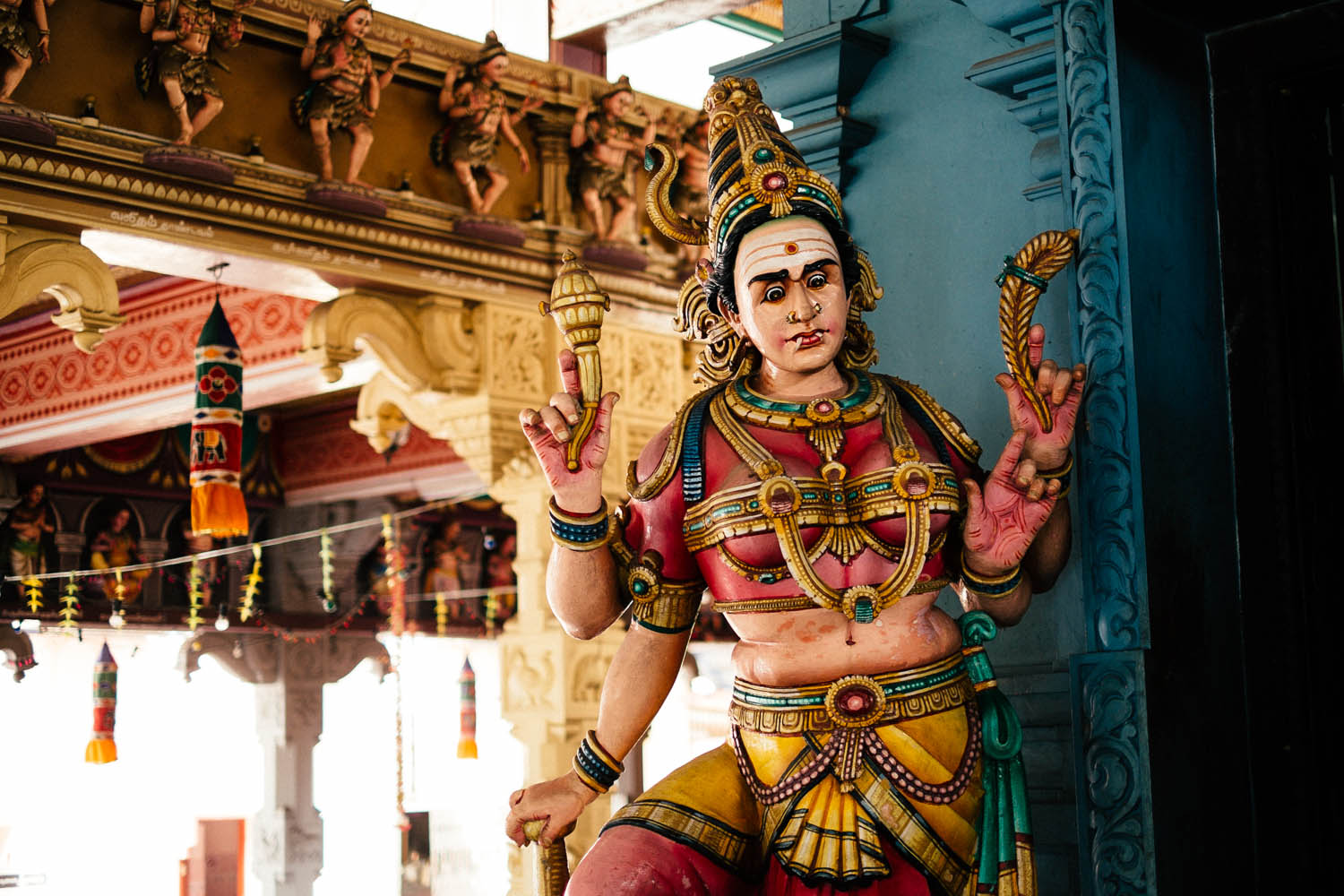 FUJIFILM X-Pro1 (35mm, f/1.4, 1/100 sec, ISO200)
FUJIFILM X-Pro1 (35mm, f/1.4, 1/100 sec, ISO200)
A little bit muted and yellowish but very nice and classy.
Kodak E100VS: FUJIFILM X-Pro1 (35mm, f/1.4, 1/100 sec, ISO200)
FUJIFILM X-Pro1 (35mm, f/1.4, 1/100 sec, ISO200)
Beside the Fuji Velvia 50 my favorite film back in the old days. Seems strange to me now. Too much red without the warmth of the Fuji Velvia.
Last but not least Kodak E200 balance warm: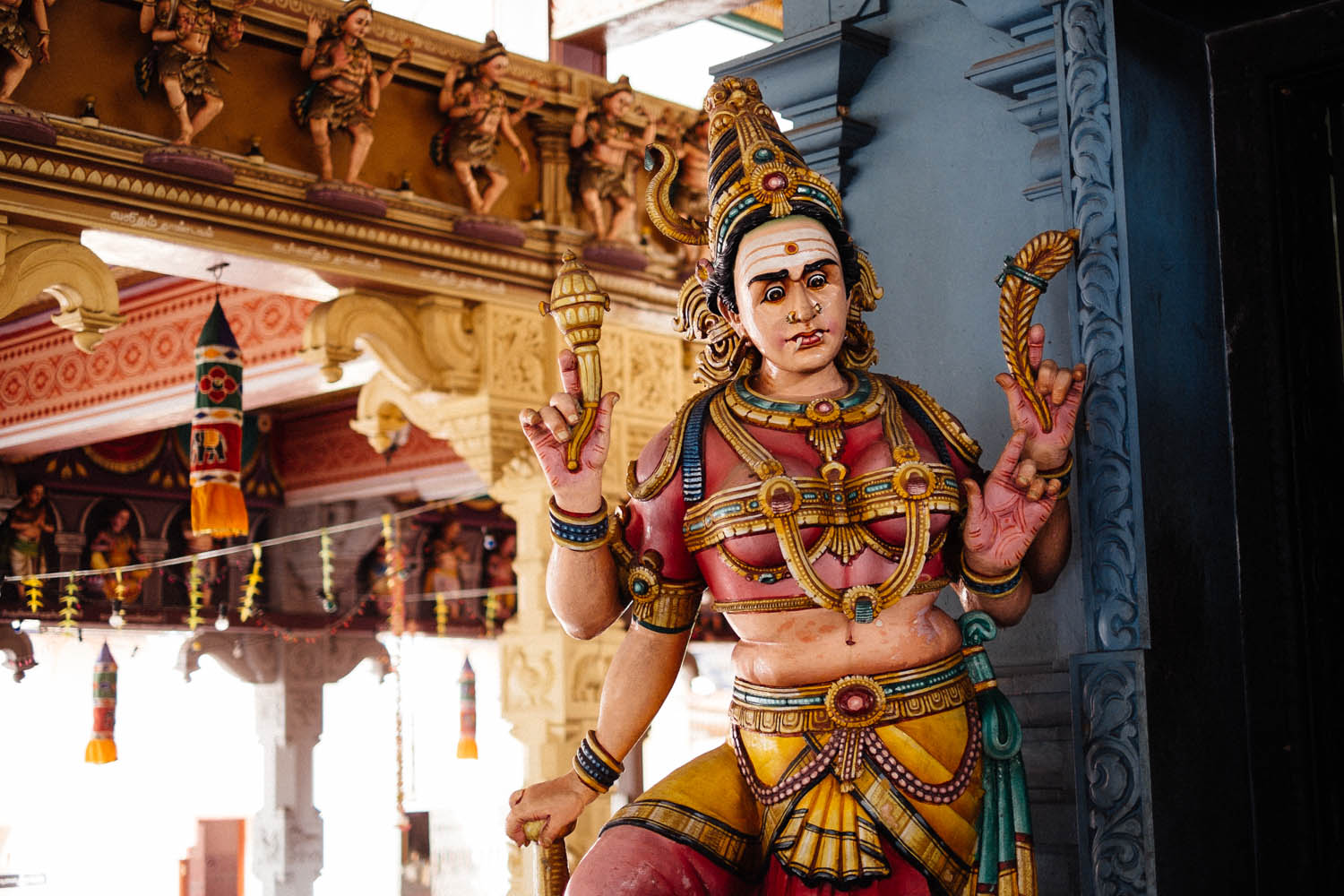 FUJIFILM X-Pro1 (35mm, f/1.4, 1/100 sec, ISO200)
FUJIFILM X-Pro1 (35mm, f/1.4, 1/100 sec, ISO200)
Typical yellow cast. Not very punchy but a nice, classy look.
Back to today. Above samples show that it is extremely easy to get colorful and lively shots from RAW data. The best thing is that with these presets it is a just an one click action. I usually decide for one preset and than I synchronize all pictures of that shooting. Done! That gives a consistent look.
You still have all the advantages of the RAW format without spending hours on post processing.
Most important advantage is the higher dynamic range without the need to use the DR400 setting that makes you use ISO800 in bright daylight just to avoid lost highlights. Of course fine details starts smearing if you use the wrong noise reduction setting. Maybe you even pull the shadows a bit to get some detail in the blacks in your JPEG file. That’s not a good idea. As a consequence you are dissatisfied with the results and complain that Fuji X cameras produce poor image quality in daylight and can’t be used for landscape shots.
Why bending over backwards to shoot JPEG when you simply can use RAW?
